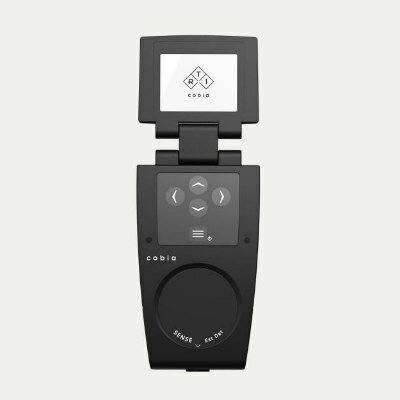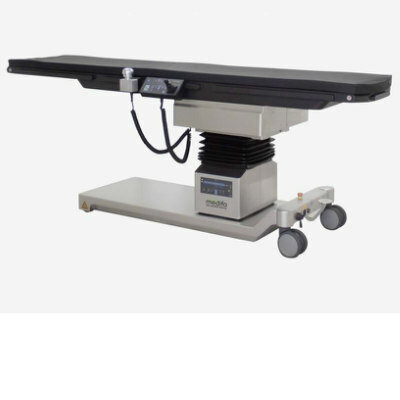MRI Shows Brain Lesions Are More Common Than Previously Believed
By MedImaging staff writers
Posted on 29 Apr 2008
Posted on 29 Apr 2008

Image: Colored 3-D magnetic resonance imaging (MRI) scan of the growth of a glioblastoma multiforme (GBM) brain tumor (Photo courtesy of Arthur Toga / UCLA)
"We found a three-to-four-fold higher overall prevalence of cerebral microbleeds compared to other studies,” according to study author Monique M.B. Breteler, M.D., Ph.D., from Erasmus MC University Medical Center (Rotterdam, The Netherlands). "These findings are of major importance since cerebral microbleeds likely reflect cerebrovascular pathology and may be associated with an increased risk of cerebrovascular problems.”
Cerebral microbleeds are lesions that can be seen on brain scans, such as a magnetic resonance imaging (MRI) brain scan. The lesions are deposits of iron from red blood cells that have most probably leaked out of small brain vessels.
For the study, 1062 healthy men and women who were an average age of 70 underwent an MRI to scan for the presence of cerebral microbleeds. Of the participants, 250 were found to have cerebral microbleeds. The study found overall prevalence of cerebral microbleeds was high and increased with age from 18% in people age 60 to 69 to 38% in people over age 80. Individuals with the e4 allele of the APOE (apolipoprotein E) gene, which is known to increase the risk of Alzheimer's disease and of cerebral amyloid angiopathy, had significantly more microbleeds than people without this genetic variant had.
"We also found that the risk factors for cerebral microbleeds appear to vary according to the location of the microbleed,” said Dr. Breteler. "Our results show people with high blood pressure and a history of smoking had microbleeds in a different location in the brain than people with the APOE e4 allele, suggesting different causes for microbleeds in different locations.”
The study was published in the April 1, 2008, issue of the journal Neurology.
Related Links:
Erasmus MC University Medical Center














